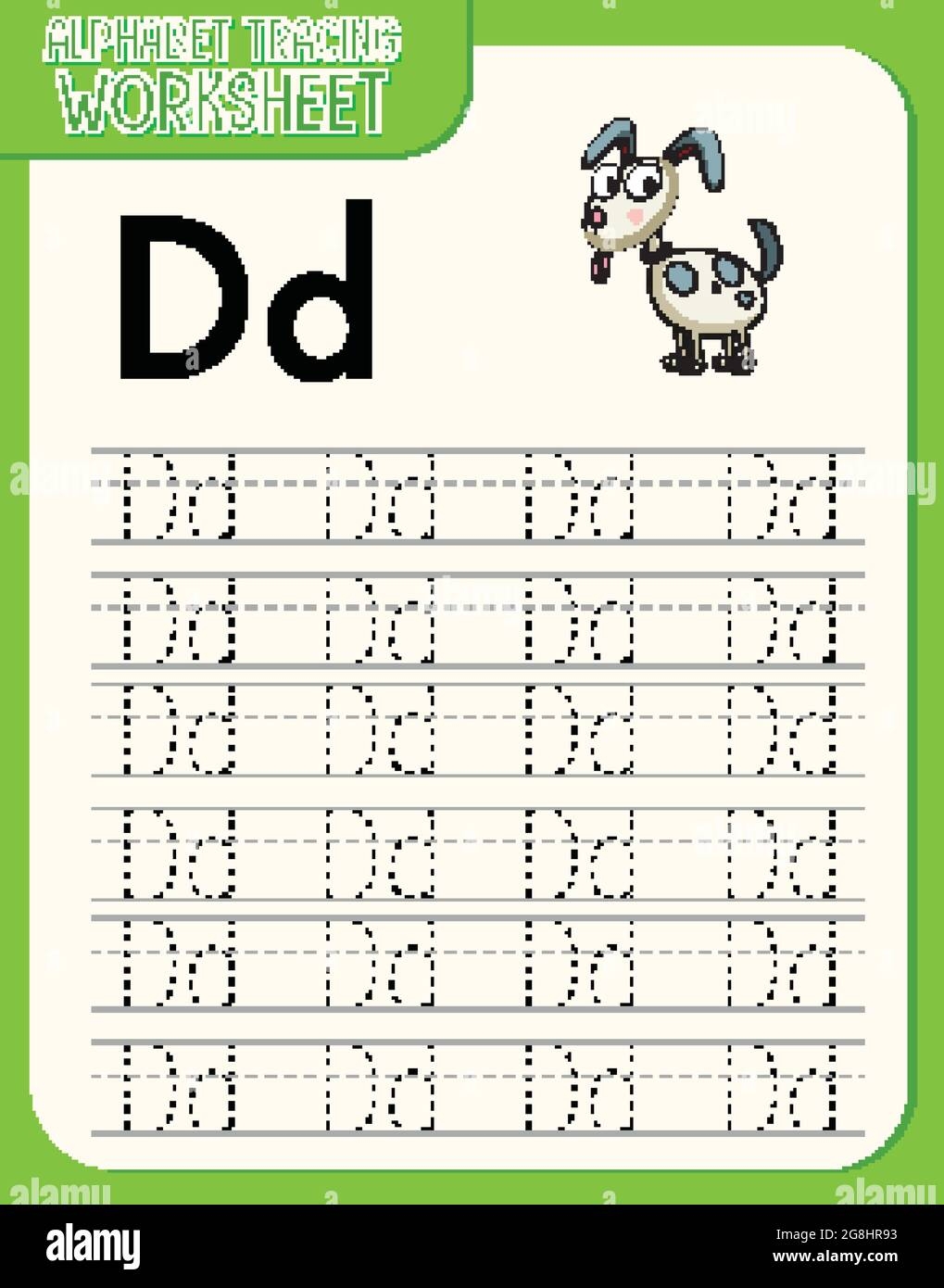Alphabet letter tracing is a fundamental skill that children need to learn as they start to explore the world of language and writing. It helps them develop fine motor skills, hand-eye coordination, and familiarity with the shapes of letters. By practicing letter tracing, children can improve their handwriting and spelling abilities.
There are various ways to introduce alphabet letter tracing to kids, such as using worksheets, apps, or interactive games. It is essential to make the learning process fun and engaging so that children stay interested and motivated to practice their tracing skills.
Alphabet Letter Tracing
One of the most effective ways to teach children how to trace letters is by using worksheets. These worksheets provide a structured way for kids to practice tracing each letter of the alphabet. They usually include dotted lines that children can follow with a pencil or crayon to form the shape of the letter.
Another fun way to practice alphabet letter tracing is through interactive apps and games. These digital tools often incorporate sounds, animations, and rewards to make the learning experience more entertaining. Children can trace letters on a touchscreen device and receive instant feedback on their progress.
Parents and teachers can also create their own letter tracing activities using materials such as sand, shaving cream, or playdough. These sensory-based exercises can help children engage their senses while learning how to form letters. Additionally, incorporating music or movement into letter tracing activities can make the learning process more enjoyable.
Consistent practice is key to mastering alphabet letter tracing. Encouraging children to trace letters daily can help them build muscle memory and improve their handwriting skills over time. It is essential to provide positive reinforcement and praise for their efforts, even if they make mistakes along the way.
In conclusion, alphabet letter tracing is a valuable skill that children can develop to enhance their language and writing abilities. By introducing various tracing methods and making the learning process enjoyable, parents and teachers can help children build a strong foundation for literacy. With practice and patience, children can become confident in tracing letters and expressing themselves through writing.
